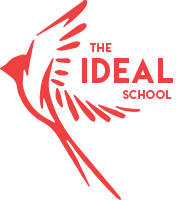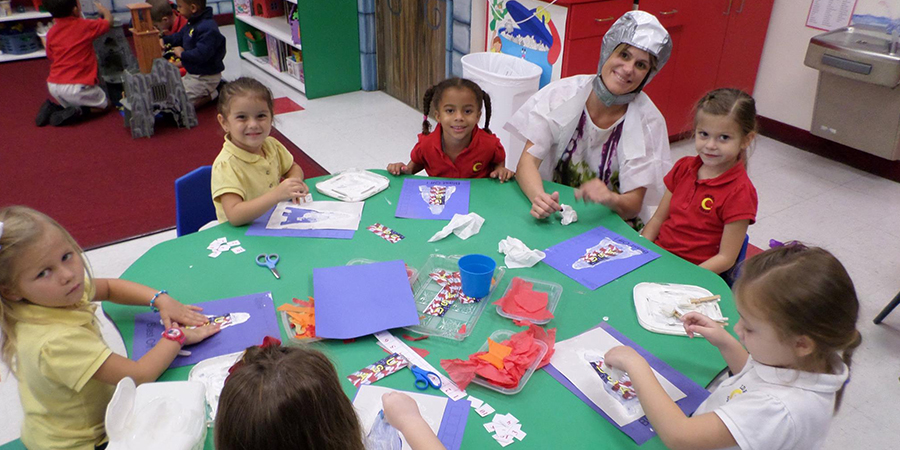The Evolving Role of Multiple Intelligences in Education

Things that Make a School an Advanced Brain-Based School Using the Multiple Intelligence Theory
August 8, 2019Understanding the eight areas of multiple intelligences may be the key to your child’s learning.
As a parent, navigating through the world of education can be daunting at times. Of course, all parents want their children to reap every last drop of knowledge and learning from whatever school they attends. However, sometimes the fluid nature of education and the application of different practices and schools of thought can be confusing. One such theory getting well deserved attention in educational circles in the Theory of Multiple Intelligences. Many of us have heard of it and some schools even claim to apply it in their classrooms, but how many of us really understand the different types of intelligences and how they can affect how our children learn?
The Theory of Multiple Intelligences was introduced by Professor Howard Gardner of Harvard University and identifies eight distinct areas of intelligence. In order to fully understand each area of intelligence and how it affects learning, we must identify each individually. Then, as a parent, you may ask yourself, “would my child benefit from having his or her individual talents nourished and guided?” You will find that more often than not, the answer will be a resounding YES.
The 8 intelligences can be identified as your child demonstrates specific preferences or skills when completing a task. For example.
Visual and Spatial Intelligence
Children who possess this type of intelligence see things in terms of physical space. Generally, students who have a high visual and spatial intelligence quotient are in tune to their surroundings. They are artistic and may get lost in thought. They like to put things together with their hands and enjoy creating of any kind.
One way to center instruction around visual and spatial intelligence is to incorporate the use of drawings along with imagery of any kind. The creative child will enjoy creating visuals through writing, as well as through the spoken word. Students should be encouraged to express themselves using a variety of visuals such as photographs, videos or even sculptures.
So many times the creative child will be cast aside in a traditional classroom as a daydreamer or even labeled as being “off task.” In a classroom that mostly values results on high stakes testing and standardized instruction. The child with visual and spatial intelligence can become stifled and discouraged. Intelligence-centered instruction allows the child to learn and at the same time cultivate his or her own talents.
Bodily-Kinesthetic Intelligence
A child with a high quotient of bodily-kinesthetic intelligence has exquisite control over his or her body. Control can mean being a gymnast or it can mean being a surgeon. These students love movement of any kind and enjoy different textures. They are usually expressive in nature and have very defined body language.
A student with a high quotient of kinesthetic intelligence would benefit from hands-on activities such as labs or role-play. The addition of props or tools into the learning environment would also be beneficial for these students.
Unfortunately, most classrooms discourage physical learners and mistakenly label them as restless. Centering a child’s learning on his or her abilities enables them to self-motivate and progress at a higher rate.
Musical Intelligence
Children with a keen sense of musical intelligence are partial to rhythm and sound. If your child studies better while listening to music he or she may have a high musical intelligence quotient.
The infusion of music in any capacity would be beneficial for a student with a high musical intelligence quotient, as it would allow them to excel at a higher rate. They love music, but they also love rhythm so allowing them to create their own song or chant along with the lesson provides a sense of intrinsic motivation they may not get in a classroom not centered around their specific gifts.
Interpersonal Intelligence
For these students interaction is the name of the game. Students with interpersonal intelligence have a high level of empathy and are often popular among their peers. Seminars, project based instruction and conferences work well in enhancing the learning environment for these students.
Intrapersonal Intelligence
Intrapersonal intelligence centers around understanding one’s own interests and goals. These learners are naturally self-motivated, but may be quiet and reserved.
Students with a high intrapersonal intelligence quotient may benefit from being taught through introspection and independent study. They often excel in writing and are the most independent of all learners. Their motivation is truly intrinsic in nature.
Linguistic Intelligence
Linguistic learners have a facility with words. They have highly developed speech and may be seen thinking out loud or even talking to themselves. The ideal classroom for this type of student would encourage the playing of word games or the presentation of oral reports. These learners are often effective in leading a lesson among their peers and they usually enjoy reading aloud.
Logical & Mathematical Intelligence
This learner is rational and calculating. They think abstractly and are able to easily identify patterns and relationships. The ideal lesson for this learner would include experiments and labs, logic games and open-ended questions.
Naturalist Intelligence
Naturalistic learners are similar to kinesthetic learners in that they learn best through movement, touch and hands-on experiences. But to naturalistic learners, being in the outdoors and near nature is specifically important. Incorporating this type of learning into the classroom may include students exploring the nature near school grounds, collecting samples of plants or rocks and learning about the pieces of nature the students discover in the outdoors.
Initially, centering instruction around a child’s individual intelligence may seem impossible. However, if you consider that the evolution of education has allowed for the introduction of computers, tablets and other multi-media additions into the classroom, it’s actually easier than you might think. The IDEAL School has mastered the science of centering instruction based on your child’s individual intelligence. By incorporating the Theory of MI into our instruction, we have been able to increase academic achievement and learning in our students. For more information on how we incorporate multiple intelligence in the classroom click here.



